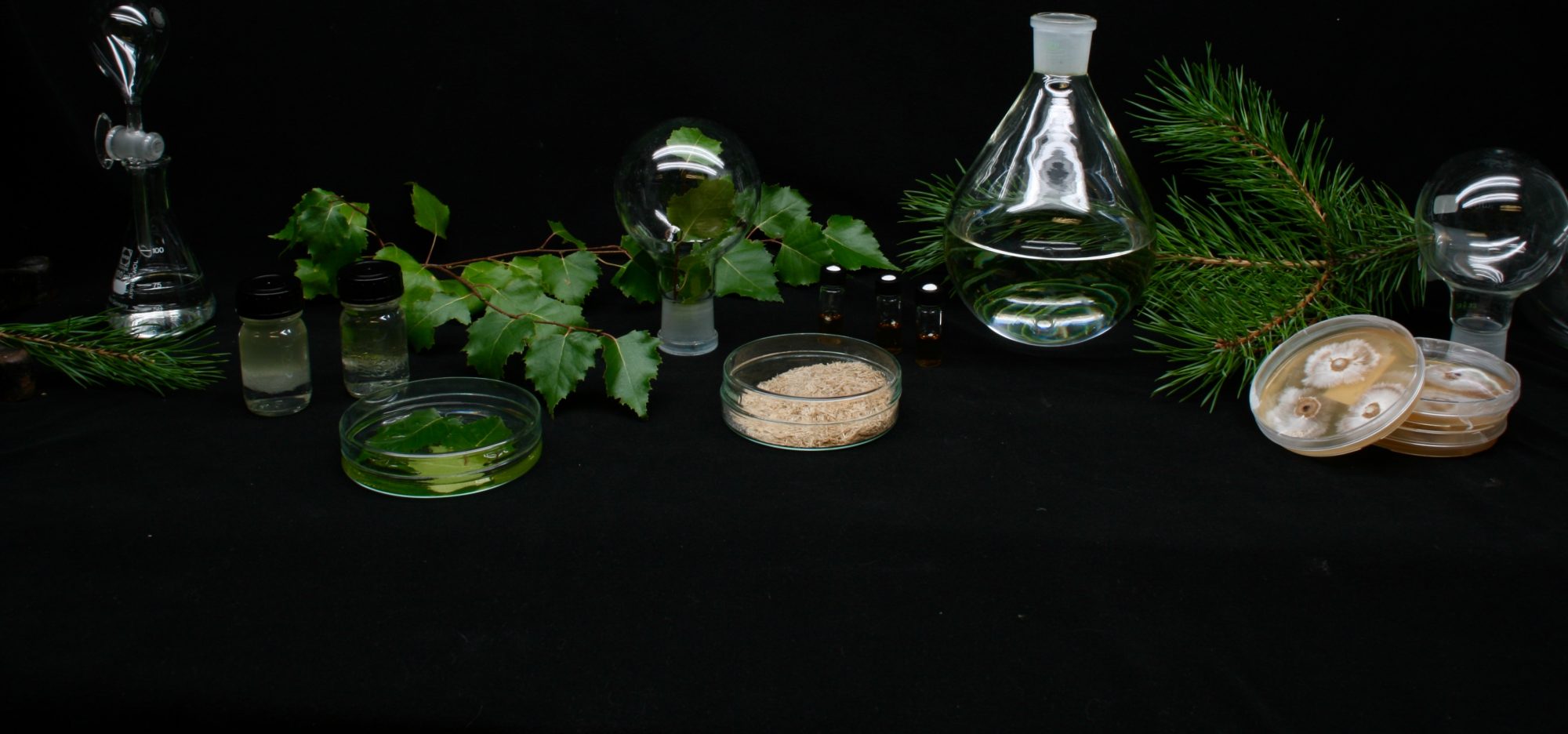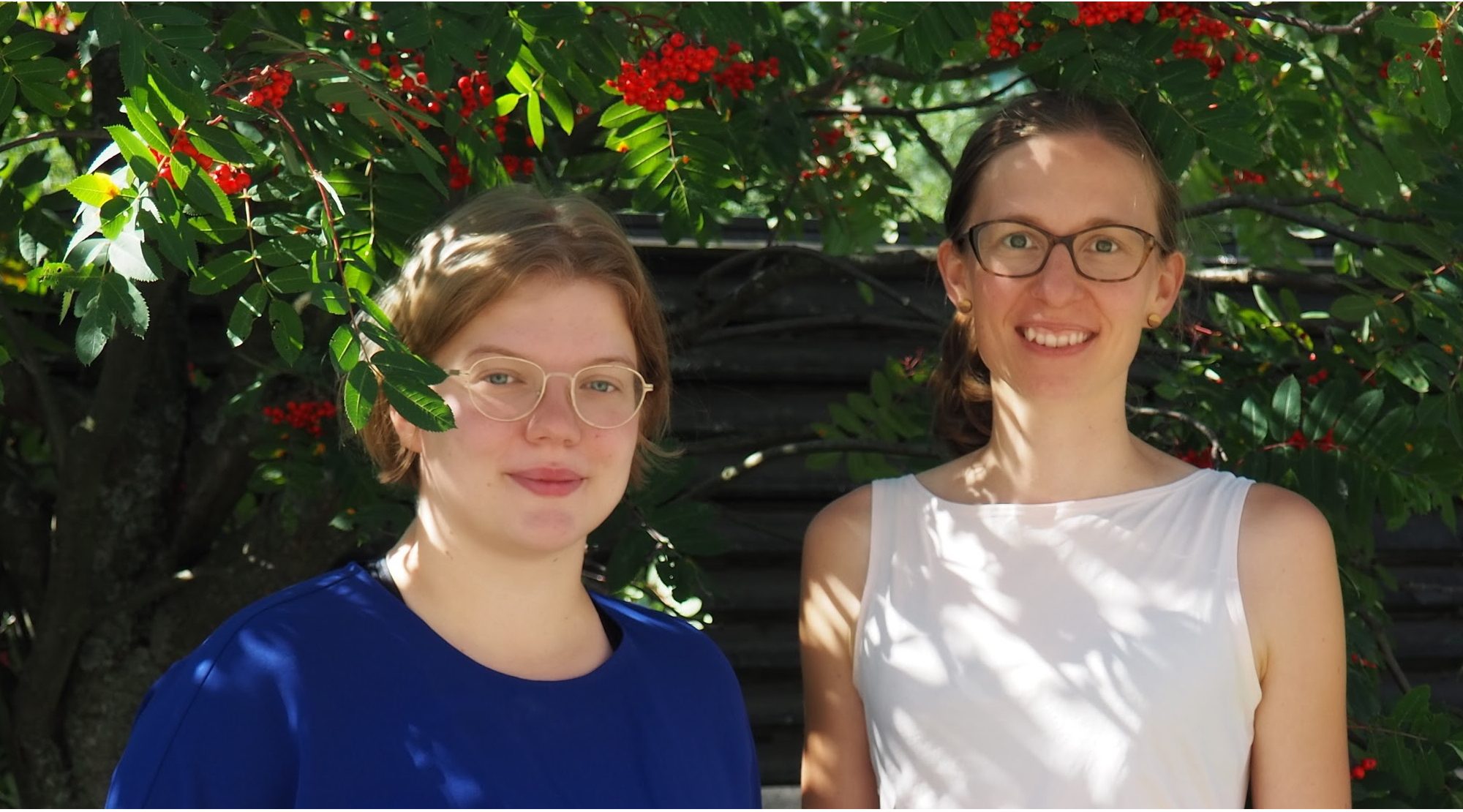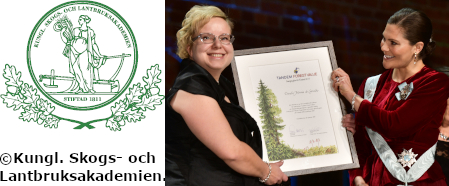Ever wonder why your salad dressing can be so smooth, even though it is basically made of oil and vinegar? Vinaigrette, like mayonnaise, milk, and ice cream, are examples of what we call emulsions. Commonly used in the pharmaceutical, cosmetics, biotechnology and food industries, emulsions let us enjoy liquid products that feel good to our senses, while at the same time they protect bioactive compounds contained inside the mixture. They are formed by mixing two liquids that do not spontaneously mix (typically oil and water) and stabilized by a surfactant. The behaviour and properties of the surfactant on the border between oil and water determine the stability of emulsions, but the relationship between how the surfactants arrange themselves on the oil droplets and how they stabilize the mixture is still unknown. Our project, called “ENVISION”, is ongoing to provide insights about interfacial properties of emulsions. This project is funded by The Academy of Finland (1.9.2019–31.8.2023), led by Assistant Professor Kirsi Mikkonen, and conducted by Postdoctoral Researcher Thao Minh Ho and Doctoral Student Felix Abik.
In this project, we will be using a technique called atomic force microscopy (AFM). Imagine entering a dark room; your first instinct would be to look for the light switch on the wall by touching it with your hand, feeling the surface until you found the switch. With AFM, we are doing the same thing, but with a much smaller ‘hand’ to ‘touch’ the surface of our emulsions and make an image of what is happening on the droplets. We have successfully investigated trials on the preparation of emulsions with different surfactants. Next steps will be the characterization of the stability of emulsions. This will be followed by development of an innovative method for interfacial characterization using AFM. The result of this project will potentially open new scenarios in manipulating and designing intelligent delivery systems in forms of emulsions, for many bioactive compounds in numerous applications in technology and life sciences.
Photo: Felix and his doctoral thesis committee (who met for the first time just before the COVID-19 outbreak spread in Finland). From left to right: Postdoctoral Researcher Thao Minh Ho, University Researcher Laura Flander, Professor Orlando Rojas (Aalto University), Assistant Professor Kirsi Mikkonen (PI), University Lecturer Marianna Kemell, and Doctoral Student Felix Abik.










